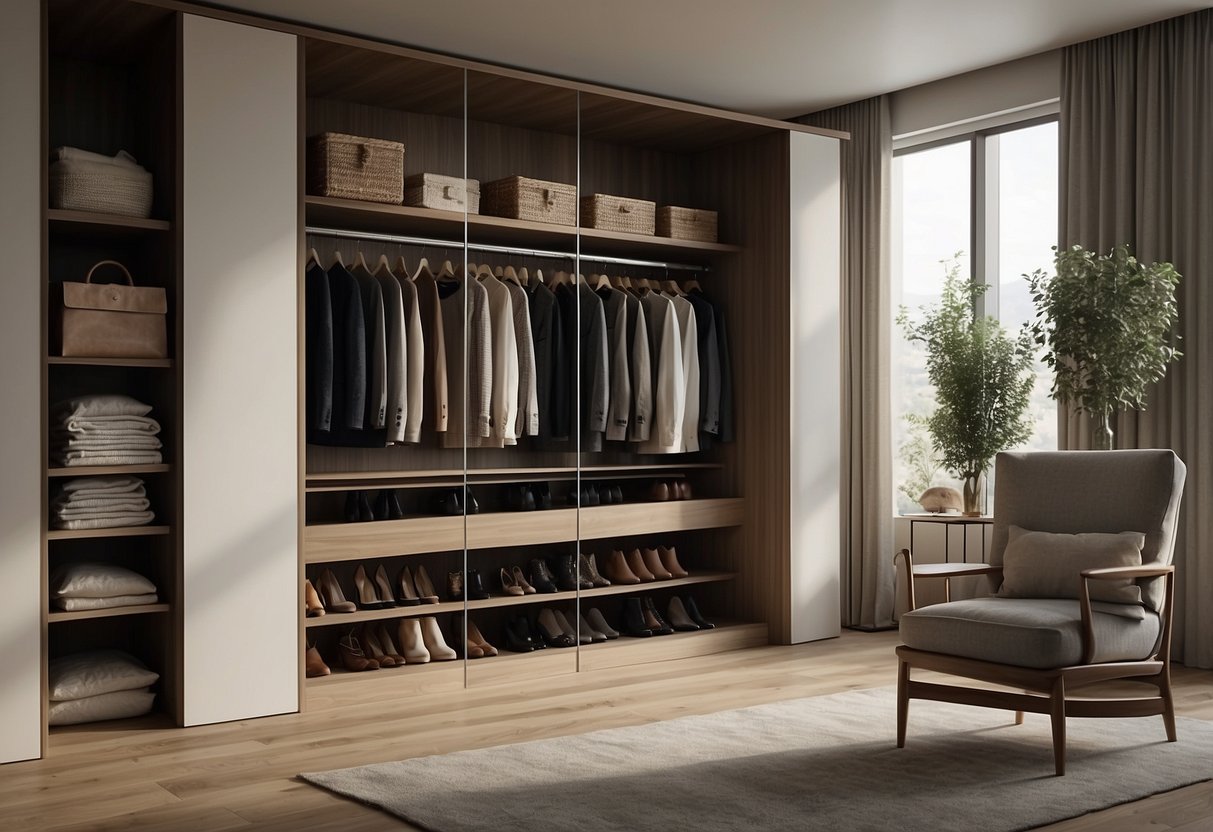
Practical Approach to Seasonal and Occasion Wear
A capsule wardrobe should adapt to the changes of seasons and the variety of occasions that life presents. Understanding how to integrate seasonal pieces and occasion-specific attire into a foundational wardrobe is essential.
Navigating Seasonal Changes
Seasonal changes necessitate adjustments in a wardrobe. For instance, lightweight fabrics like cotton and linen are ideal for summer. They are breathable and comfortable in warmer temperatures. In contrast, winter demands warmer materials like wool and cashmere to stay insulated. Layering is also a key strategy in colder months, allowing for flexibility in fluctuating temperatures.
He can include versatile items that work well across multiple seasons. For instance, a trench coat is suitable for spring and fall. Transitional pieces such as cardigans or lightweight jackets can be layered over summer attire as the temperature drops. These items help bridge the gap between periods of extreme weather, maintaining both style and comfort.
An awareness of color palettes can also enhance the seasonal adaptability of a wardrobe. Light, bright colors are typically associated with spring and summer, while darker, richer hues are favored in fall and winter. Choosing pieces in a variety of tones can provide ample options throughout the year, enhancing the versatility of the wardrobe.
Dressing for Occasions
Occasions often demand specific attire that may not be part of the everyday capsule wardrobe. For example, formal events typically require attire such as suits or evening gowns. Keeping one or two classic, high-quality formal pieces ensures preparedness for such events. She may include a little black dress and a tailored blazer for versatility.
Casual occasions should not be overlooked. Comfortable yet stylish options like a well-fitted pair of jeans, a simple t-shirt, and a casual dress are essential. These pieces provide the flexibility to dress up or down depending on the event’s nature, maintaining an effortless style.
It is also beneficial to consider multifunctional items. For instance, a midi dress can be accessorized differently to suit both casual and semi-formal occasions. Investing in pieces with this level of flexibility maximizes the wardrobe’s potential without unnecessary clutter.
Sustainable Practices in Wardrobe Management
Adopting sustainable fashion choices and reducing the environmental impact are crucial steps in managing a timeless capsule wardrobe responsibly. Focus on eco-friendly materials, recycling, and mindful consumption to promote sustainability.
Sustainable Fashion Choices
Selecting items made from sustainable materials is a foundational practice. Organic cotton, linen, and hemp are excellent choices. These materials use fewer pesticides and water compared to conventional cotton. Additionally, clothes made from recycled fabrics reduce waste and energy consumption.
Opt for timeless designs that stay fashionable through seasons. Prioritize quality over quantity to ensure clothes last longer. Shopping from brands with transparent supply chains assures ethical production practices, aligning with sustainability goals.
Explore second-hand shops, thrift stores, and online resale platforms. These options give a new life to preloved items while minimizing waste. Donating gently used clothes extends their lifespan, reducing the need for new resources and lowering environmental impact.
Reducing Environmental Impact
Clothing maintenance plays a vital role in sustainability. Washing garments in cold water saves energy and preserves fabric quality. Line drying instead of using a dryer cuts down on electricity usage. Implementing these practices reduces the wardrobe’s carbon footprint.
Minimalism encourages a simpler, more intentional approach. Fewer, high-quality items reduce clutter and environmental strain. Repairing instead of discarding slightly damaged clothes also lowers waste and promotes mindful consumption.
Recycling worn-out textiles responsibly is essential. Many areas offer textile recycling programs. Participating in these initiatives helps divert waste from landfills and supports the creation of new materials from old fibers. This aligns with broader environmental sustainability goals.



